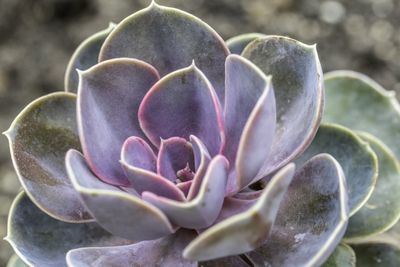About Painted Lady Echeveria
Also known as Painted Lady, due to its reddish leaf tips, this native Mexican plant dazzles with showy yellow-orange blooms each spring. Since these echeveria plants remain relatively small, usually growing to no more than 4 inches (10 cm.) in height, the Painted Lady succulent is perfect for container culture.
Echeveria Plant Care
Echeveria plants require warm climates to thrive. Grown outdoors in USDA zone 9 through 11, cultivation in pots or planters is often the best and most common planting option for gardeners living within zones that experience colder temperatures. Some growers may even choose to grow succulent containers outdoors during the summer months and move the plants back indoors to overwinter when cold weather and frost threatens. To plant, simply fill the containers with well-draining soil. Since good drainage is an absolute necessity, it is best to use soil mixes specifically formulated for succulent growth. These mixes are often available at home improvement stores or local nurseries. By nature, the Painted Lady succulent is drought tolerant and is quite adaptable in terms of how much sunlight is necessary. However, plants still require frequent watering during periods of active growth. Be careful to avoid directly watering the rosette of the plant, as this can lead to rot and other diseases. When growing conditions are less than ideal, plants may become dormant. Dormant plants require even less watering and fertilization until new growth resumes. Like many succulent plants, echeveria is known to produce numerous smaller offsets from the parent plant. These offsets can be removed and placed into their own containers as a means of propagation. New plants can also be rooted through stem cuttings and by rooting succulent leaves. Always maintain good sanitation habits by removing dead or damaged parts of the plant. This is especially important, as dead leaves may attract pests to your plants.
